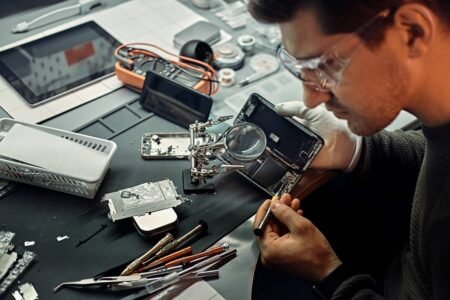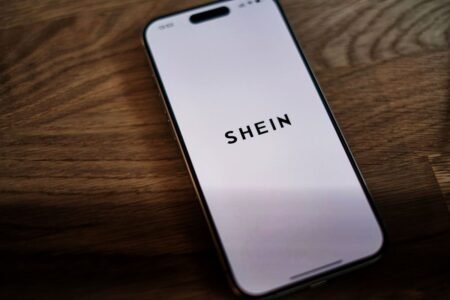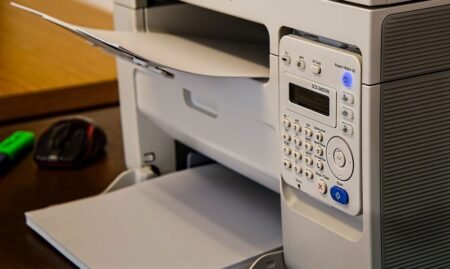As the holiday season gets underway, the European Commission is alerting consumers to a new sunscreen labelling regime which gives consumers clear information to make informed choices about the products they chose for themselves and their families. Sunscreen products protect from UV radiation and can be effective in preventing sun-burn and skin cancer. Consumers should therefore use sunscreens and clearer labelling should help consumers to make informed choices. The Commission is also seeking to remind consumers that there are several reasons why sunscreen products should be only one out of a number of measures to protect from the UV radiation of the sun. See information, facts and figures and pictograms below.
Advertisement
Most importantly, consumers should choose sunscreen products offering protection against as both are harmful to human health: While sun-burn and cancer risk are mainly provoked by UVB radiation, UVA radiation is responsible for skin ageing, impacts on the human immune system and is an important contributor to the skin cancer risk. The problem is that the sun protection factor only indicates protection against UVB radiation. In the past it has been difficult for the consumer to know whether a sunscreen product also protects against UVA radiation: there are varying claims, such as “broad spectrum”, “broad extra UVA, UVB”, “100% anti UVA/UVB/IR”, “keeps short UVA radiation away”, ” UVA of 30A”, “strengthened protection UVA”, “UVB absorption spectrum 30/UVA 30”, “25B 7 A”, “SPF 30, UVA protection index factor 10”, “SPF 60-IPD 55-PPD12”, “broad spectrum contain UVA filters”, “with UVA filters”, “protection according to the Australian standard”, etc.
Following a Commission recommendation of September 2006, a is being introduced based on similar testing standards. With this logo, consumers can know they have a quantified minimum UV-A protection which increases in parallel with the increasing sun protection factor and is based on a standard testing method.
The sun protection factor (SPF) is a score used to describe the strength of the product to protect against sunburn, i.e. mainly UVB radiation. It is important to know that an SPF over 50 practically does not increase the protection against sun burn and UVB radiation. Rather, if a product is applied correctly (see below), an to protect a person with normal skin from sun burn.
Sunscreen products cannot deliver total protection from UV radiation. Even the high SPFs do let some of the UV radiation through. This holds also true for products claiming to be a sun block or to offer total protection.
Claims giving the impression of total protection, such as sunblocker, should be phased out and disappear.
The improved labelling regime with clearer information for consumers started to become visible on the market in summer 2007, with a larger market share in 2008. Virtually all sunscreens produced in 2008 will bear the new labelling, according to the cosmetics industry.
At the same time, consumers are advised the following:
Other measures include:
- , which is usually between 11am and 3pm;
- When it is not possible to stay out of the sun, ;
- can give you additional protection;
- ;
- Use sunscreens products protecting ;
- to maintain the protection claimed;
- Apply sunscreen products .
See pictograms which will be used to reinforce these key facts and figures.
Remember that:
- so you can get sunburnt even on a cloudy summer day.
- and reflections from water can enhance your UV radiation exposure
- so taking regular breaks during sunbathing will not mean lower total exposure.
It is important to know that sunscreen products have their full effect only if used in : To protect the whole body of an average-sized adult, a quantity of 35 grams of the sunscreen product needs to be applied. This is a quantity equal to approximately six filled tea spoons. Moreover, it is crucial to frequently in particular after swimming, bathing or towelling.
Finally, you should : While sunscreen products may prevent the sun-burn, there is nevertheless some UV radiation reaching the skin. Extending sun exposure while re-applying the sunscreen product leads to an accumulation of exposure to UV radiation without the warning of a sun-burn, i.e. a reddening of the skin.
Avoiding UV radiation is most essential for children. The risk of skin-cancer is higher if the baby or child has been over-exposed to UV radiation. Therefore, dermatologists advise that babies and children should not be exposed to direct sunlight at all, for example by wearing protective clothing.
The UV radiation penetrates down into the water: At half a metre depth UV radiation is still 40% as intense as at the surface. So you are exposed to it even when you swim. On top the surface of the water reflects the UV radiation so that your face or parts of the body outside the water do get additional exposure to it.
You also need to apply sunscreen products on . Light clouds do allow over 90% of the UV radiation to pass so you should use these products in summer days with light cloudiness.
In the WHO European region, with a predominantly fair-skinned population, melanoma is by far the largest cause of UVR-attributable disease burden. On 7 February 2007 the WHO/IARC in Lyon reported the actual figures for the cancer burden in the whole of Europe, summing up to 3.2 million new cases of cancer per year. The IARC scientists estimated that there were 3,191,600 new cases diagnosed in 2006 – excluding non-melanoma skin cancer – and 1,703,000 deaths from cancer. Of the new cases, 53% were among men and 47% in women, and of the cancer deaths, 56% were in men and 44% in women. They calculated that there were 59.7 thousands of melanoma cases which is 2.6 percent of total cancer cases in 2006 in EU25.
According to “Cancer Research UK”, in the United Kingdom alone over 65,000 cases of skin cancer were reported in 1999. The number of skin cancer cases has more than doubled since the early 80s: over 2,000 people die from skin cancer each year.
According to the French “Institut National du Cancer”, the number of melanomas in France has tripled over 20 years. There are now 7000 new cases per year in France alone. And according to a recent survey carried out by BVA (“Institut d’études de marché et d’opinion”), around 9 French out of 10 are aware that skin cancer is associated to sun exposure. 75% declare they do not like to stay too long in the sun. But only 27% spontaneously mention more than 2 recommendations to protect their skin from the sun, and 46% think that a “high protection factor” sun-cream is enough to protect the skin from the sun. Only 56% use sun cream and only 48% wear a hat under the sun. 12% say they do not take any precaution.







